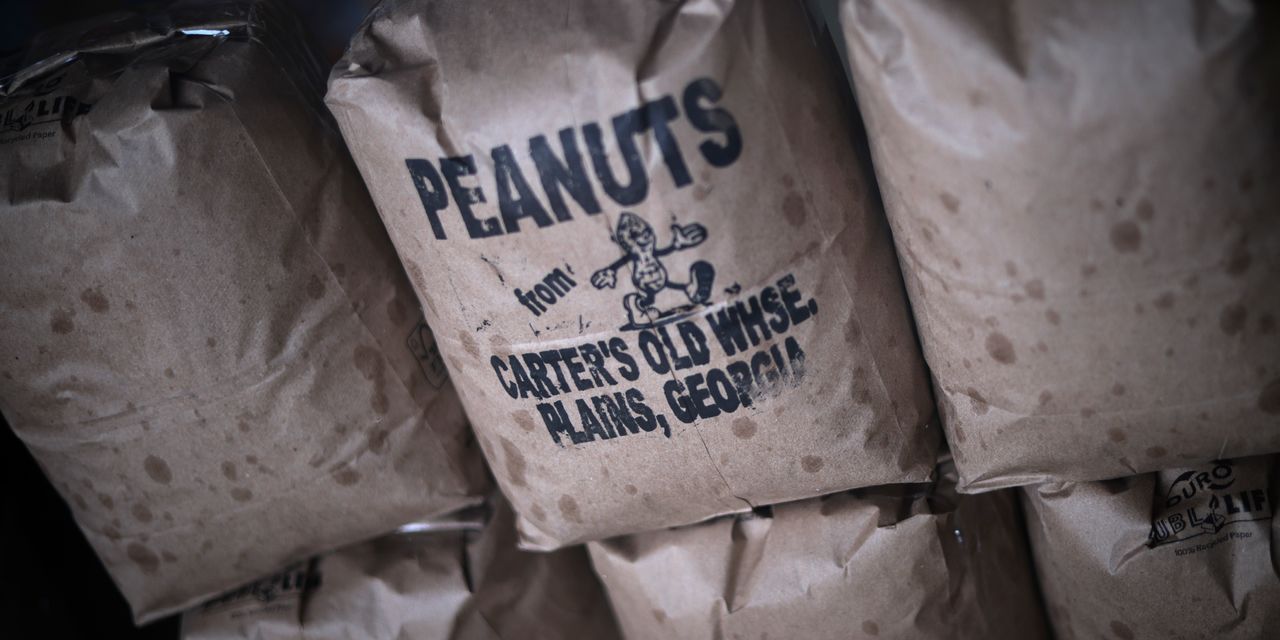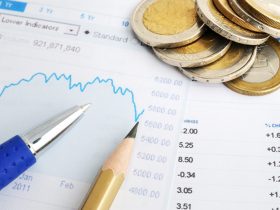The numbers: Fueled by higher energy costs, U.S. wholesale prices jumped 0.7% in August to mark the largest increase in 14 months and signal that inflation is likely to persist for a while.
Economists polled by the Wall Street Journal had forecast a 0.4% increase in the producer-price index.
The warm wholesale-inflation report follows a similar upturn in consumer prices last month. The consumer price index also registered its biggest increase in 14 months.
Wholesale costs often foretell future inflation trends. The increase in wholesale prices over the past 12 months climbed to 1.6% from 0.8% in the prior month.
A separate measure of “core” wholesale prices that strips out volatile food, energy and trade margins rose 0.3% last month, the government said. That was also a tick higher than expected.
The increase in these so-called core prices over the past year edged up to 3% from 2.9%.
Key details: The cost of wholesale energy surged almost 11% in August to drive the increase in the PPI.
Food prices fell 0.5% to partly offset that increase.
The cost of services, a major driver of inflation, rose a scant 0.2% last month.
The increase in overall service prices over the past year slowed to 2.2% in August and is far below a peak of 9.4% a year and a half ago.
Inflation further down the pipeline bubbled up a bit more, however.
The wholesale cost of partly finished goods jumped 2.1% last month and broke a streak of six straight declines. And the cost of raw materials rose 1.3%, the second large increase in a row.
The PPI report captures what companies pay for supplies such as fuel, packaging and so forth. These costs are often passed on to customers at the retail level and give an idea of whether inflation is rising or falling.
Big picture: After almost turning negative early in the summer, wholesale prices have crept higher in the past few months. But they are no longer signaling rapid price increases.
A spate of more benign inflation readings is expected to keep the Federal Reserve on hold when they meet next week to decide whether to raise interest rates again.
Senior Fed officials believe inflation will continue to decelerate in fits and starts and that the U.S. might even evade a long-predicted recession. But the latest CPI and PPI reports show the battle is far from over.
Looking ahead: “While today’s worse-than-expected report can be attributed mostly to higher energy prices in August, it still shows that the Fed’s journey to bring inflation to its 2% target is not over and it will take more months of positive data to convince the Fed that it is,” said Eugenio Aleman, chief economist at Raymond James.
Market reaction: The Dow Jones Industrial Average
DJIA,
and S&P 500
SPX,
rose in Thursday trades. The yield on the 10-year Treasury note
TMUBMUSD10Y,
slipped to 4.25%.
Read the full article here











Leave a Reply